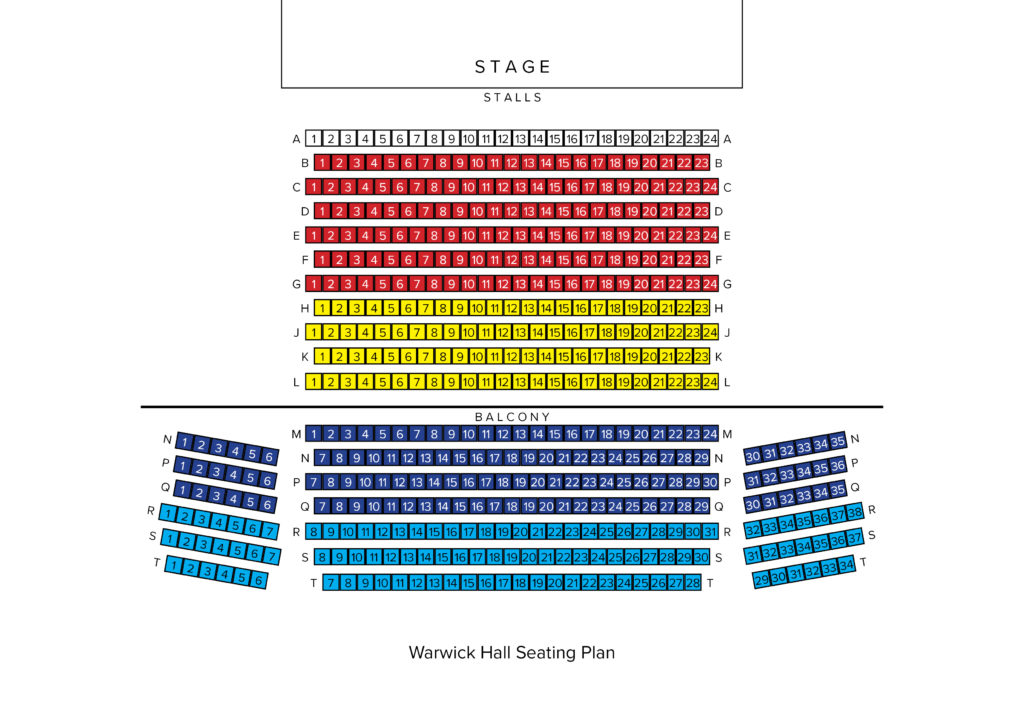

‘Dialectics is always that which has finished us, because it is always that which takes into account our rejection of it. The finite nature of theatre enacts a kind of death and we cannot reject death as repetition: At this point, Artaud seems to have succeeded in his attempt to make theatre life, but it is in this most seemingly stable announcement that the glitch exists. It is neither a book nor a work, but an energy, and in this sense it is the only art of life’(150). Derrida declares: ‘theatrical representation is finite, and leaves behind it, behind its actual presence, no trace, no object to carry off. The very thing that would seem to make theatre succeed in a mission that texts fail is the thing that undoes theatre as an art form: its existence as transient, finite.

Whilst Derrida seems to be on the brink of declaring Artaud as a success story that can defy the unravelling of deconstructive theory, he ultimately finds an end to theatre of cruelty using dialectics. When I say I will perform no written play based on writing and speech, that in the spectacles I produce there will be a preponderant physical share which could not be captured or written down in the customary language of words, and that even the spoken and written portions will be spoken and written in a new sense.” (12) “I am adding another language to the spoken language, and I am trying to restore to the language of speech its old magic, its essential spellbinding power, for its mysterious possibilities have been forgotten. This process seems to be at once an unravelling and also a re-mystification of the world, a way of packaging a theatre that is conscious of its faults and therefore, if nothing else, able to proceed without the illusion of clarity. Derrida does not see this as an impossibility, explaining that in Artaud’s attempt to remove the bias perspective and interpretation of humans ‘it is less a question of constructing a mute stage than of constructing a stage whose clamour has not yet been pacified into words’(11). The latter is only a representation of life, and such is the limit – the humanist limit – of the metaphysics of classical theatre’(8).ĭerrida goes on to explain that to achieve this, theatre would have to first confront its problematic bond to language, a representative and self-destructive system of signs. This life carries man along with it, but is not primarily the life of man. Life is the non-representable origin of representation. It is life itself, in the extent to which life is unrepresentable. ‘The theatre of cruelty is not a representation. Namely, Derrida sees Artaud as preoccupied with an attempt to avoid representation and repetition so that theatre is just life itself. Much of the essay consists of Derrida understanding Artaud’s numerous and varied demands of an ideal theatre, the Theatre of Cruelty. It is this work, along with various anthologies of Artaud’s other writings, that Derrida discusses in ‘The Theatre of Cruelty and the Closure of Representation’. Whilst Artaud only ever finished and performed one play, he wrote widely on the topic of theatre and its purpose in the world in texts such as The Theatre and its Double.

Antonin Artaud was a French playwright who belonged for a while to the surrealist group in Paris and to whom the invention of ‘Theatre of Cruelty’ can be attributed. In this essay, Derrida examines Antonin Artaud’s approach to theatre, questioning the extent to which he succeeds in his mission to destroy representation. I happily stumbled upon an essay in which Derrida himself examines theatre’s potential when looked at through a deconstructive lens. I thought about how/if one could deconstruct theatre, dance and movement if we understand them as a set of signs, a language of communication equally fallible as speech and literary text. Whilst discussing deconstruction last week I wondered if one could deconstruct more than just a text, using the same process of finding a ‘glitch’ that reveals the self-destruction of the thing being examined.


 0 kommentar(er)
0 kommentar(er)
